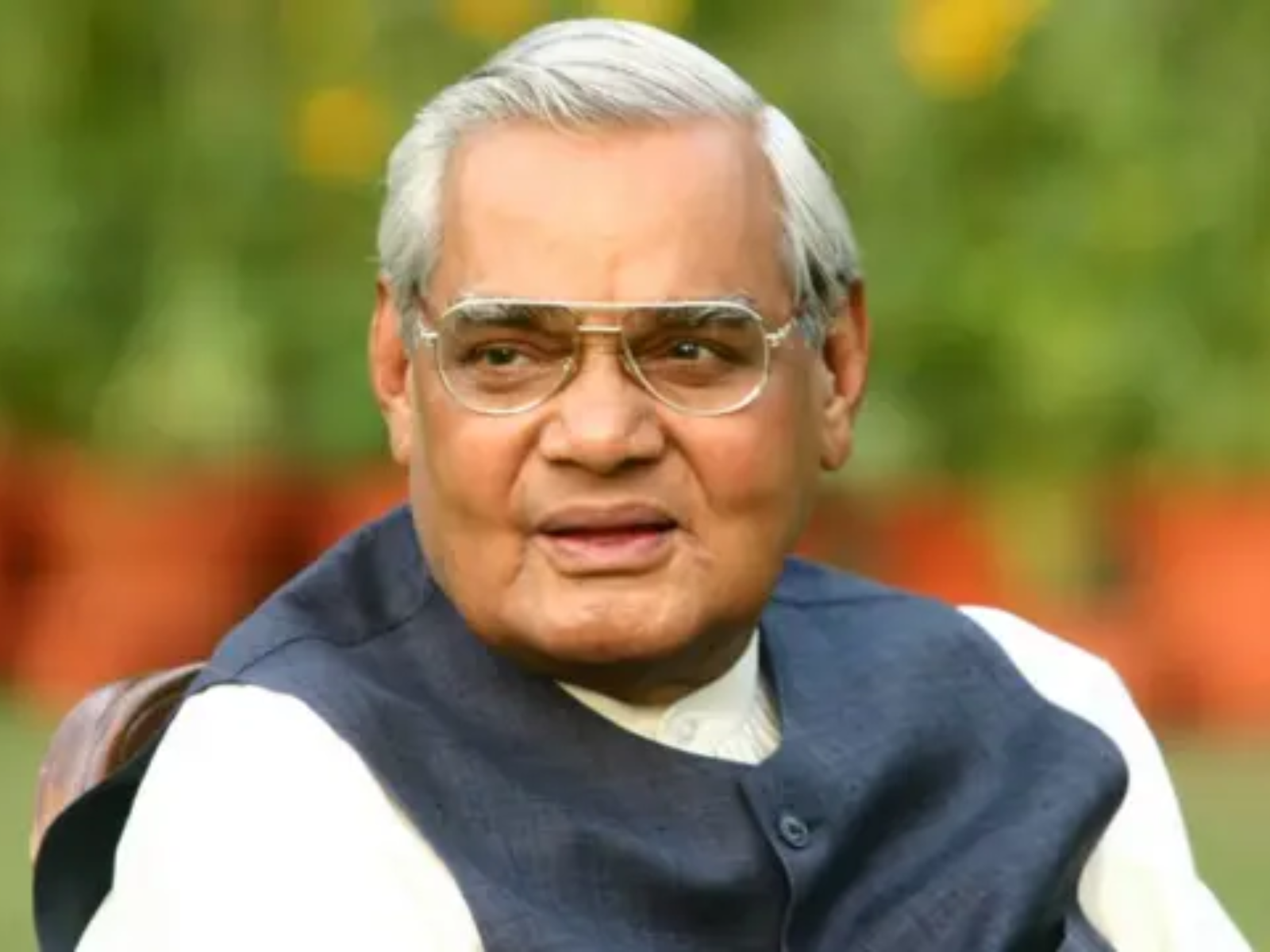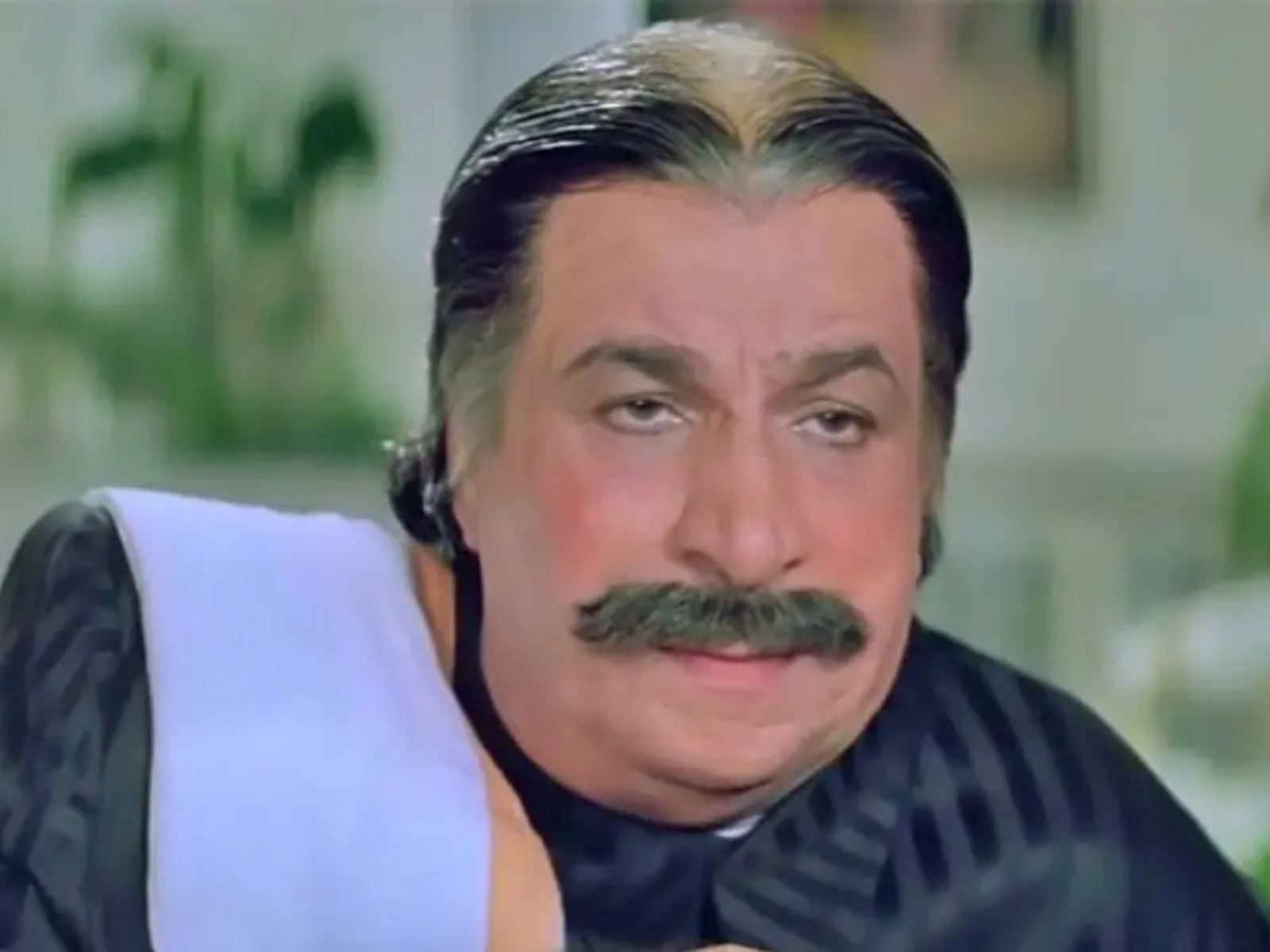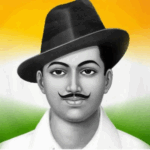Now Reading: Shradhanjali to Sardar Vallabhbhai Patel
-
01
Shradhanjali to Sardar Vallabhbhai Patel
Shradhanjali to Sardar Vallabhbhai Patel
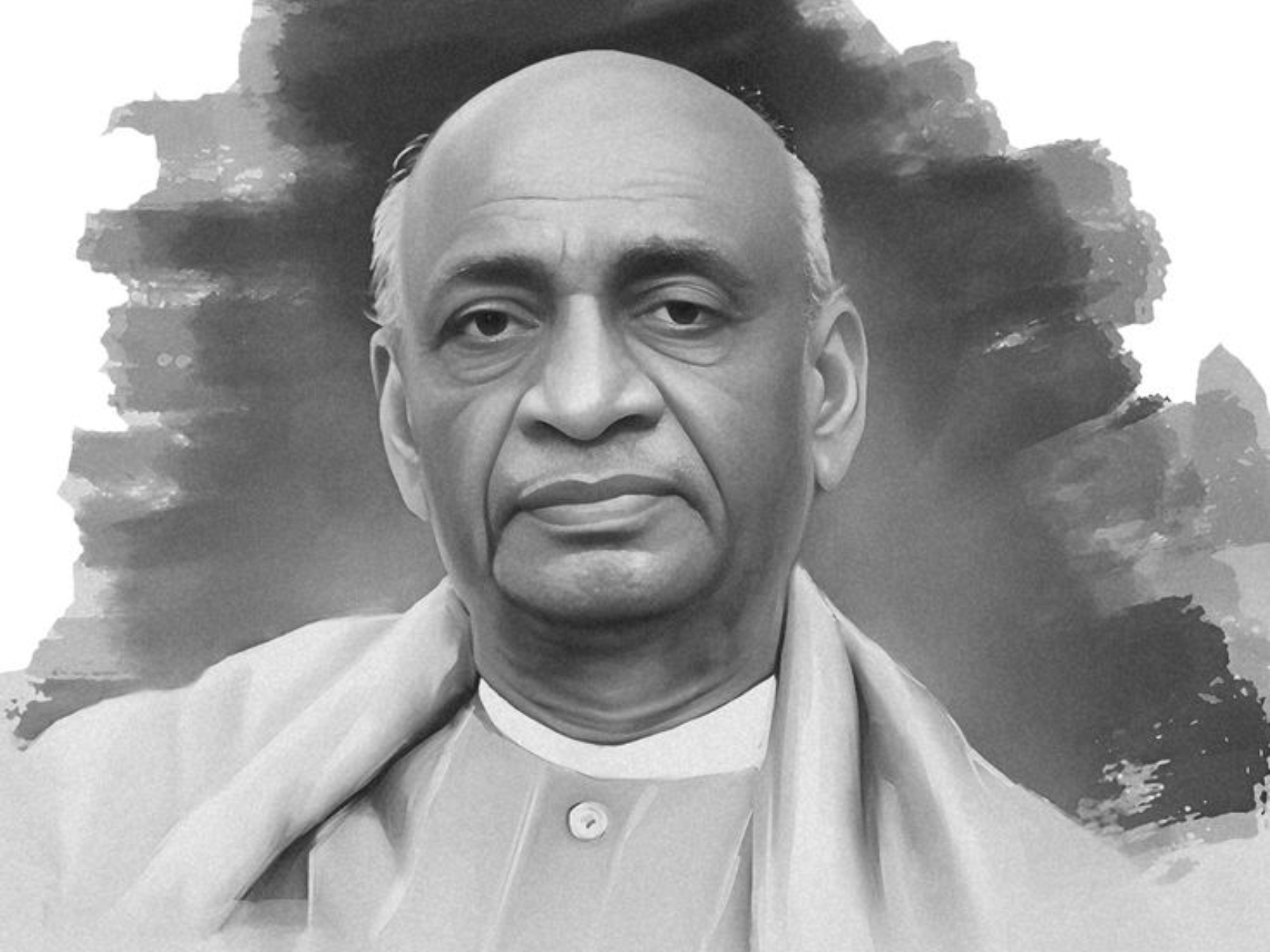
Sardar Vallabhbhai Patel Biography & Tribute
Introduction
Sardar Vallabhbhai Patel, often called the “Iron Man of India,” stands tall in India’s history as a symbol of unity, leadership, and pragmatism. At Shradhanjali.com, we honour his memory through respectful tributes that capture his journey—from humble beginnings to shaping modern India. These pages offer more than just a biography; they aim to spark reflection, connect readers to further material across our site, and celebrate his unwavering dedication to national unity.
Early Life and Values
Born on October 31, 1875, in Nadiad, Gujarat, Vallabhbhai Jhaverbhai Patel grew up in a traditional, self-reliant Patidar household. Mostly self-educated, he passed his matriculation at the later age of 22 and then embarked on a legal career. His upbringing instilled in him practical resilience, a deep sense of duty, and independence—qualities that shaped his future path.
Legal Career and Shift to Public Service
Patel practised law in Godhra, Borsad, and Ahmedabad, quickly earning a reputation for his clarity, precision, and fearlessness in defending justice. His life took a turning point in 1910 when he went to England, joined the Middle Temple, and was called to the bar in 1913.
In 1917, influenced by Mahatma Gandhi, Patel embraced Indian freedom and local identity. He shed elite symbols and adopted the customs of rural India—reflecting a deep personal transformation. That same year, he became Ahmedabad’s first Indian municipal commissioner and eventually its municipal president—a significant leap into public service.
Role in India’s Freedom Struggle
The Kheda Satyagraha (1918)
In 1918, Patel led farmers in Kheda, Gujarat, in nonviolent protest against oppressive taxation during a crop failure. His leadership, courtesy, and negotiation prowess helped secure relief for the distressed farmers, earning him growing recognition.
The Bardoli Satyagraha (1928)
A decade later, Patel once again led farmers—this time in Bardoli—in a successful uprising against a 30% tax hike. His steadfast resolve earned him the title “Sardar” (leader) and cemented his stature as a national figure.
Rise in the National Movement
Patel’s steady organisational skills and loyalty to the cause made him indispensable within the Indian National Congress. He served various leadership roles, resisted British rule, and even walked the path of imprisonment alongside Gandhi during key movements such as the Salt Satyagraha and Quit India Movement.
Legacy and Honors
All India Services — The Steel Frame
Patel firmly believed in creating a strong administrative backbone. He helped establish the All India Services, shaping them into the “steel frame” that would support India’s governance and development for years to come.
Statue of Unity
Inaugurated on October 31, 2018, the Statue of Unity near Kevadia, Gujarat, stands at a towering 182 metres (597 feet). It commemorates Patel’s unwavering commitment to unity and serves as a beacon of inspiration for future generations.
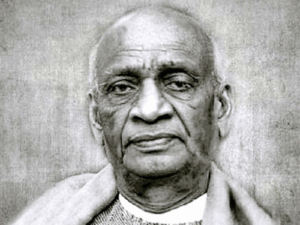
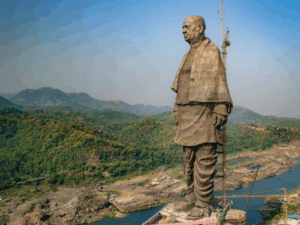
Institutions Named After Him
Patel’s legacy lives on through numerous institutions across India:
- Sardar Patel University in Vallabh Vidyanagar, founded in 1955
- Sardar Vallabhbhai Patel National Memorial in Ahmedabad (the historic Moti Shahi Mahal)
- Sardar Vallabhbhai Patel Stadium, Navrangpura, Ahmedabad
- Sardar Vallabhbhai Patel National Police Academy (SVPNPA)
- Additionally, airports, railway stations, colleges, and roads across India bear his name.
National Unity Day (Rashtriya Ekta Diwas)
Since 2014, India has commemorated Patel’s birthday, October 31, as National Unity Day, celebrating his role in shaping India’s unity and reminding citizens of the importance of harmony and service.
Remembering Sardar in Shradhanjali’s Way
At Shradhanjali.com, we present Sardar Patel’s story through engaging text, thoughtfully chosen images, and quiet reflection—without flashy buzzwords. Our tribute page may include sections like:
- Photo Gallery: Glimpses of Patel in key moments—perhaps his legal years, freedom movement, and transition—used with sensitivity and respect.
- Quote Highlights: For instance, his belief that India’s unity came not from stone or blood, but from steady consensus and goodwill.
- Related Memorials: Links to other pages featuring figures like Bhagat Singh, Mahadev Desai, or the Amul/Operation Flood stories, drawing parallels in patriotism, leadership, and service.
- Interactive Timeline: A visual journey from 1875 to 1950 and beyond, marking milestones like Kheda, Bardoli, independence, national integration, and the Statue of Unity.
Call for Tributes: Inviting readers to share personal reflections or to create memorials for Patel or other heroes—creating a living, communal remembrance.
Final Thoughts
Sardar Vallabhbhai Patel’s story is not just history—it’s a lived legacy. Through his honesty, precision, and unwavering commitment, he helped ensure India’s survival as a united nation. At Shradhanjali.com, our tribute strives to bring that legacy to life—through respectful storytelling, thoughtful links, and community remembrance.
May this page not only inform but also inspire—motivating visitors to reflect on leadership, service, and unity in their own lives.

